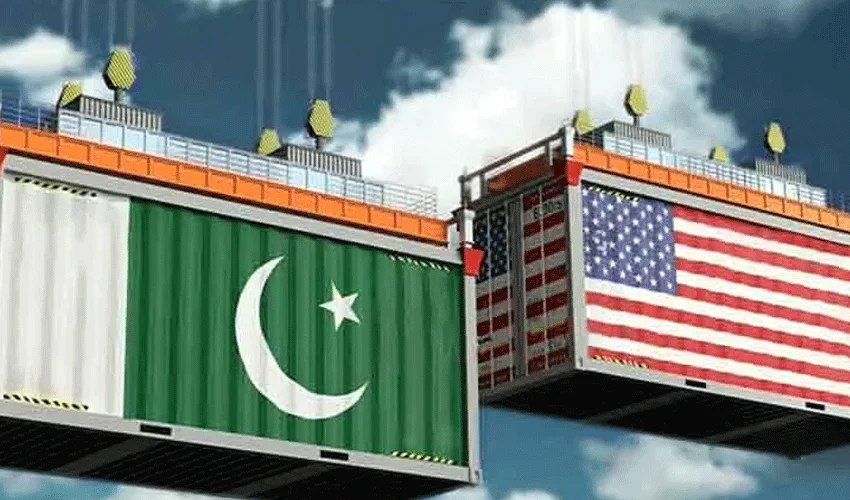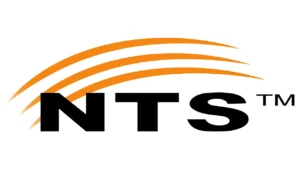Islamabad 12 August: Pakistan and the United States are advancing toward a significant trade agreement, with negotiations centering on boosting U.S. investments and securing tariff relief for Pakistani exports.
The talks, led by Pakistan’s Minister of State for Finance Bilal Azhar Kayani and Finance Minister Muhammad Aurangzeb, aim to strengthen economic ties between the two nations, according to recent statements.
Key Developments:
The proposed deal includes U.S. investment commitments in Pakistan’s energy, mining, and mineral sectors, alongside potential collaboration in information technology and cryptocurrency.
Aurangzeb, returning from trade discussions in Washington, hinted at imminent announcements of substantial U.S. investments across multiple industries, describing the negotiations as a “mutually beneficial success.” Islamabad is pushing for tariff rates lower than those faced by regional competitors like Vietnam (20%) and India (proposed 25% under the Trump administration), following a temporary suspension of a potential 29% tariff earlier this year.
.Economic ImplicationsThe agreement is expected to enhance Pakistan’s export competitiveness, particularly in textiles and agriculture, which form a significant portion of its $5 billion annual trade with the U.S. In return, Pakistan has agreed to increase imports of U.S. goods, including cheaper West Texas Intermediate crude oil, to ease domestic inflationary pressures.
The deal also highlights potential U.S. backing for projects like the $7 billion Reko Diq copper and gold mine, with the U.S. Export-Import Bank reviewing financing proposals.Strategic ContextThe trade talks come amid warming bilateral relations, marked by a rare White House meeting between U.S. President Donald Trump and Pakistan’s Chief of Army Staff Field Marshal Asim Munir.
Trump has emphasized a partnership to develop Pakistan’s “massive oil reserves,” though details remain scarce. The move follows heightened U.S. trade pressures, with a July 9 deadline narrowly avoided to finalize the deal, signaling a strategic reset in economic diplomacy.Public and Market SentimentPosts on X reflect optimism, with some users hailing the deal as a pivot to geo-economics and a boost for Pakistan’s infrastructure and energy sectors.
However, skepticism persists about the feasibility of oil reserve development and long-term trade balance, given Pakistan’s modest proven reserves. Next StepsWhile a formal agreement awaits finalization, both sides are set to continue discussions in the coming months. The deal’s success hinges on implementation, with Pakistan aiming to leverage it for sustained growth amid regional trade tensions, including U.S. tariff disputes with India.









